
The skin barrier and its health is an important topic. After all, the skin is our largest organ and our body's protective layer. When healthy, it prevents viruses, bacteria, free radicals, and other harmful factors from penetrating our tissue. But what happens when it's no longer healthy, or temporarily unhealthy?
Drinking plenty of fluids (preferably water and unsweetened tea), getting enough sleep (where "sufficient" is individual), sufficient physical exercise (to stimulate metabolism and circulation), and, ideally, plenty of fresh air in nature are the basics that everyone can implement in the spirit of a healthy lifestyle.
Is that enough? And are there any skincare products that can also help strengthen it? Or even skincare rituals that can harm or protect it? So let's talk a bit about it and clarify a few things.
What exactly is the skin barrier and why is it so important to consider, especially in skin care?
One of the basic functions of the skin barrier is its protective function. On the one hand, it prevents foreign substances and microorganisms from the external environment from entering our body, and on the other, it protects the body from moisture loss.
The epidermis, or more precisely its outermost layer—the stratum corneum—plays the greatest role in the skin's protective function. This part of the skin is therefore most important for retaining moisture.

The stratum corneum consists of dead, keratinized cells (corneocytes) and the lipids that surround them. This structure is easiest to imagine as a brick wall, with the keratin cells as the bricks and the lipids as the cement between them.
The lipid mixture surrounding the cells (cement) consists of ceramides (on average 50%), fatty acids (approximately 15%), and cholesterol (approximately 25%). Any deficiency in any of these components results in a damaged skin barrier !
How else does the skin protect itself from excessive water loss?
In addition to the lipid protective layer, our skin has the Natural Moisturizing Factor (NMF) , a "natural moisturizing factor".
This is a mixture of low-molecular-weight substances such as amino acids , lactic acid , urea , and mono- and disaccharides , which have a high capacity to retain water in the skin. These substances are formed by the breakdown of the protein filaggrin, which plays a structural role in the deeper layers of the skin. Filaggrin is an important structural protein in the stratum corneum of the epidermis. Unfortunately, the occurrence of filaggrin cannot be influenced.
How does skin barrier damage and moisture loss occur?
Many factors can influence the condition of the skin barrier. Overly frequent or inadequate cleansing can damage the skin's protective layer. Aggressive cosmetic treatments or inadequate care products are equally likely to negatively impact the skin's acid mantle. Other fundamental factors include genetics and age. A damaged skin barrier can therefore also have a genetic origin, for example, in the case of atopic dermatitis. And the fact that the skin loses its ability to retain moisture from around the age of 30 explains why it makes sense to actively provide external support from this point onward.
A damaged skin barrier leads to moisture loss. Dry skin is therefore the most common consequence of a compromised skin barrier function. Various skin diseases, such as acne and herpes, can also be the result of a compromised skin's own protective function.
How do you strengthen the skin barrier and increase skin moisture?
To increase moisture in our skin, it is necessary to prevent water loss by strengthening the skin barrier . This is preceded by the need to increase the skin's ability to retain moisture .

The skin barrier can best be strengthened by supplying the skin with structural lipids. These include ceramides, plant oils, essential fatty acids, and cholesterol , which are themselves part of the stratum corneum.
To increase the skin's ability to retain moisture, we need substances that are part of NMF, such as urea or amino acids . Components such as hyaluronic acid (short-, medium-, and long-chain), peptides and proteins, glycerin, and propylene glycol also help the skin retain moisture.
Because they have the ability to bind water, alpha hydroxy acids (AHAs) can also be used in low concentrations (< 2% - 5%) to increase skin hydration. Glycolic acid and lactic acid are two well-known examples of AHAs and are most commonly used for this purpose in skincare products.
Glycolic acid is the best-known and most effective alpha hydroxy acid. What makes glycolic acid so special is its very small molecular size and its ability to penetrate through the upper stratum corneum into the deeper layers of the skin. Glycolic acid has the ability to draw moisture into the skin and can simultaneously increase the skin's ability to retain this moisture.
Lactic acid is a natural component of the skin. Because it's a larger molecule, it works more effectively on the skin's surface. At a concentration of 2%, lactic acid acts as an ideal moisturizer.
Conclusion:
The skin is our body's protective covering. To support its function and make it resilient, it is important to ensure that the skin barrier is in an intact state. We can and should strengthen it in the right ways, especially with ceramides and natural oils. It is also important to increase moisture in the underlying skin layers and support the skin's ability to retain this moisture permanently. We can achieve the latter with substances such as hyaluronic acid, urea, glycerin, and AHAs.
 This article was written by our guest writer Minja. Minja studied pharmacy and then specialized in skincare for two years. She works as a pharmacist and continues to devote her free time to her passion: skin and skincare. Minja runs her own blog and Instagram account, both under the title "The Soul of Skin."
This article was written by our guest writer Minja. Minja studied pharmacy and then specialized in skincare for two years. She works as a pharmacist and continues to devote her free time to her passion: skin and skincare. Minja runs her own blog and Instagram account, both under the title "The Soul of Skin."
Products in our shop that can help you strengthen your skin barrier can be found here
Click on the respective product image to go to the product.
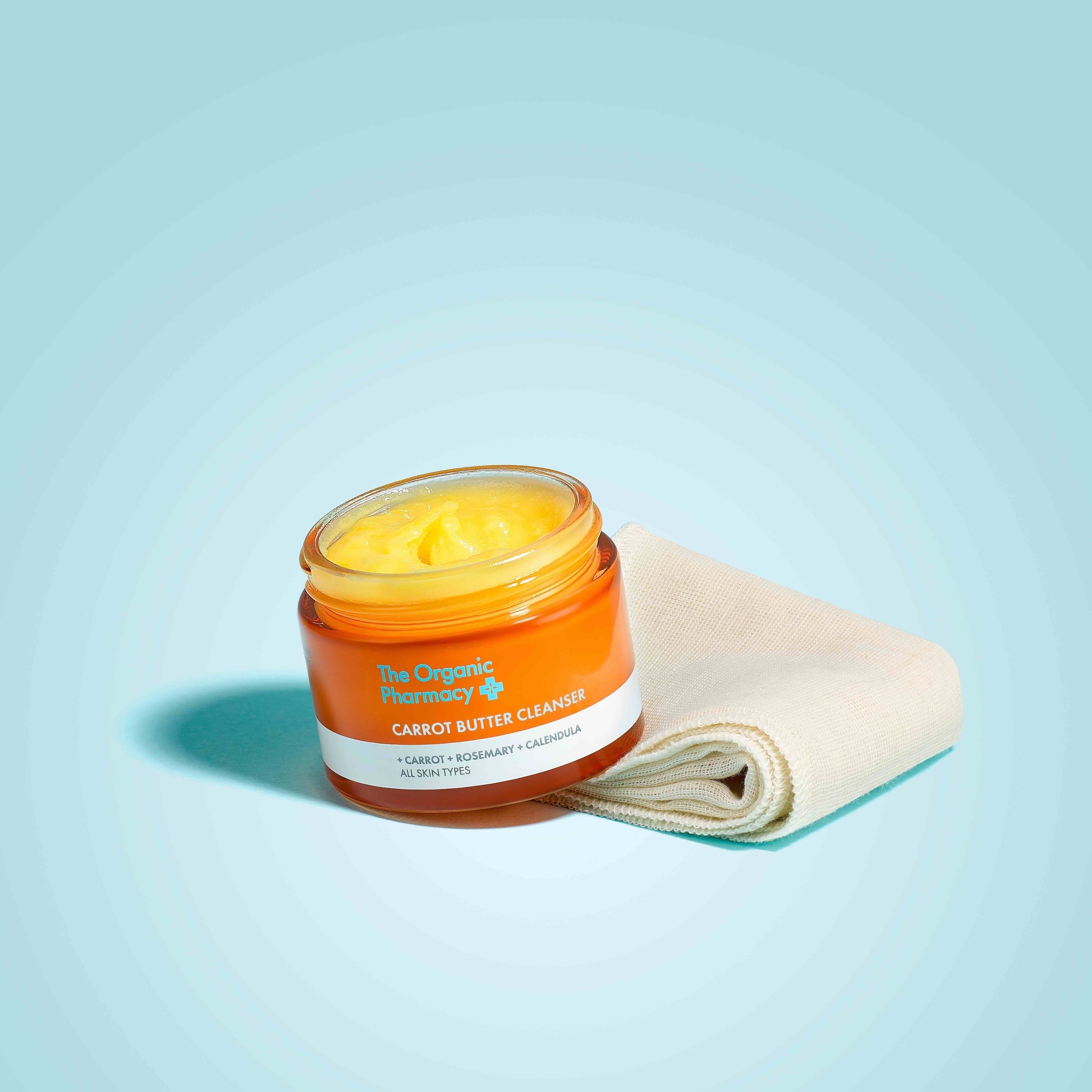
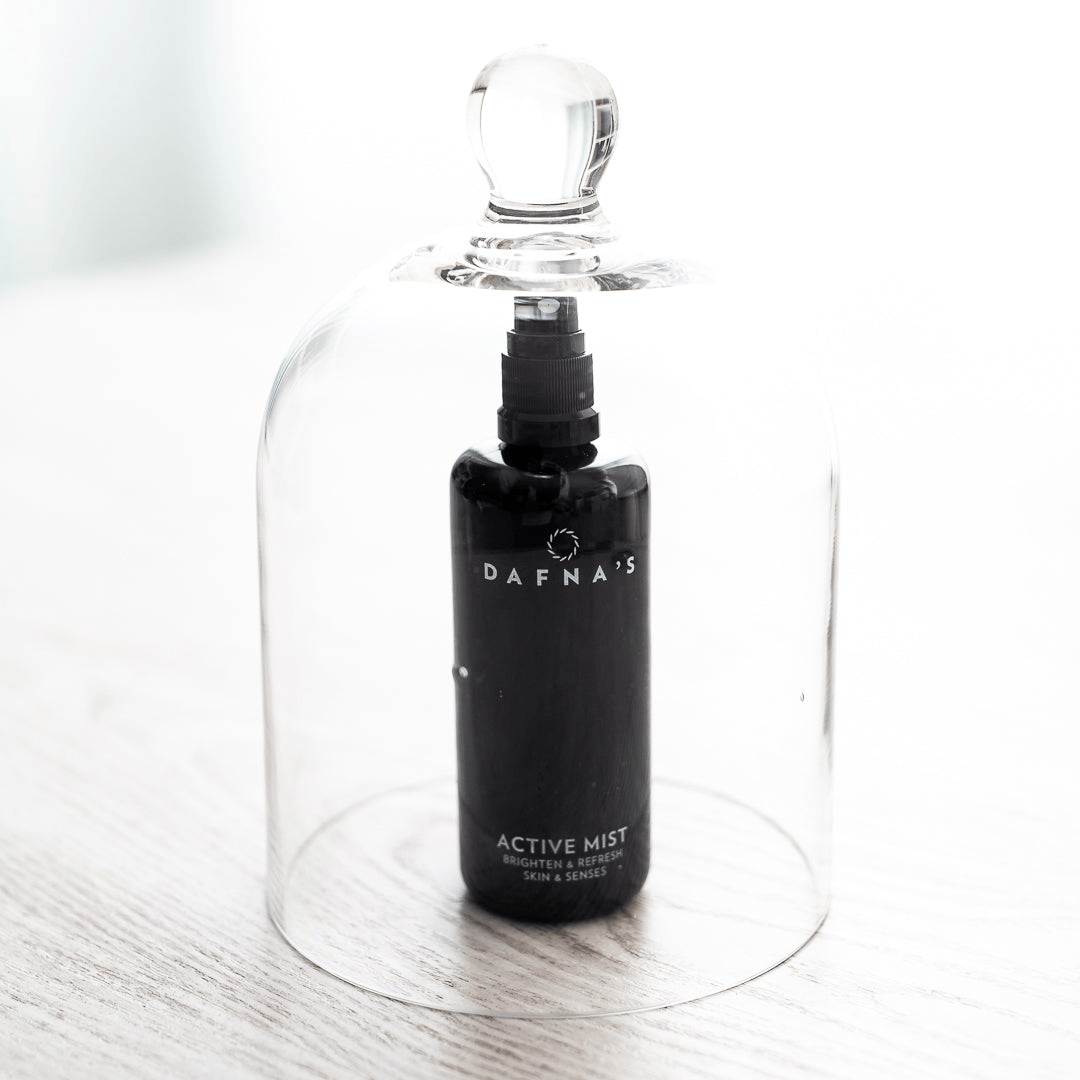
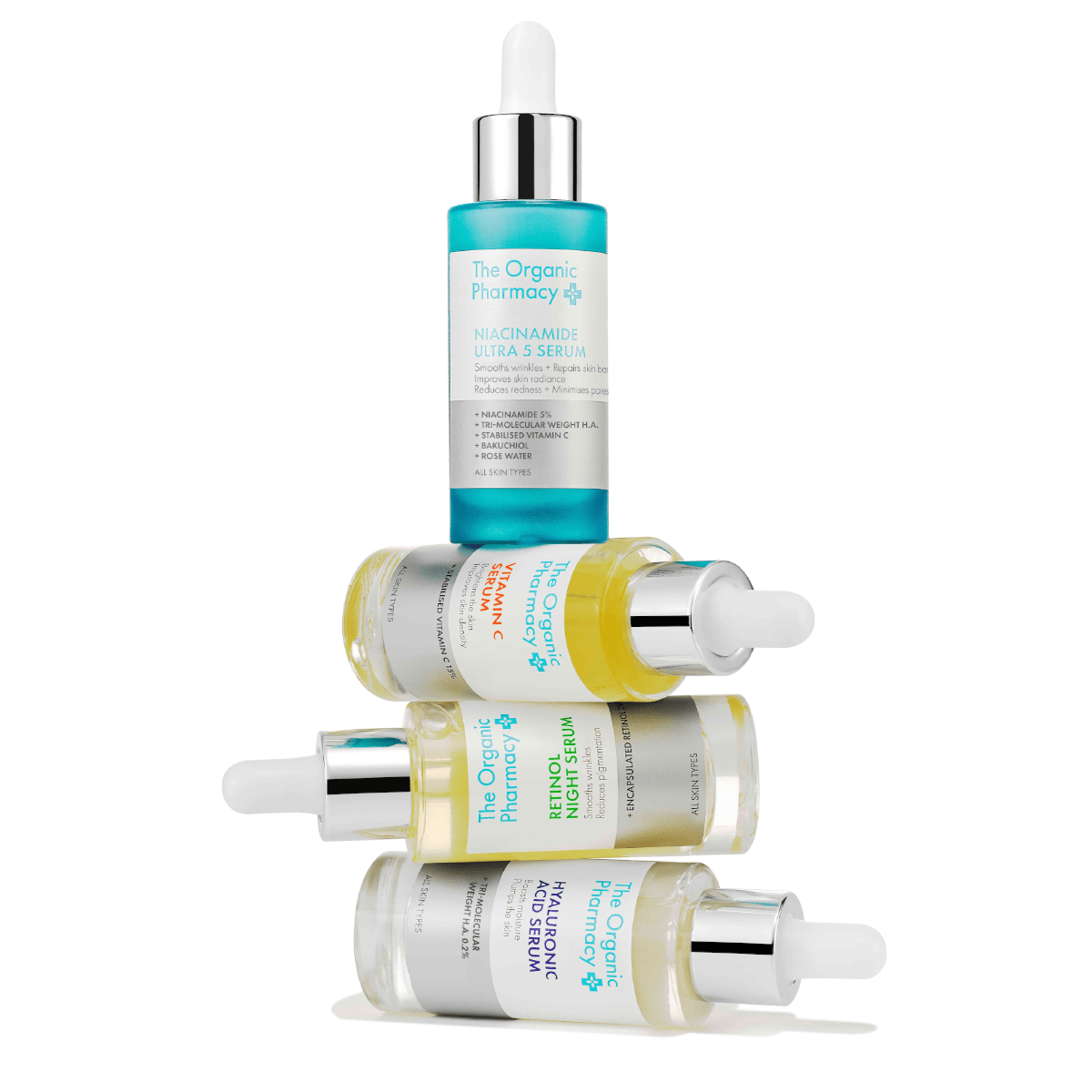
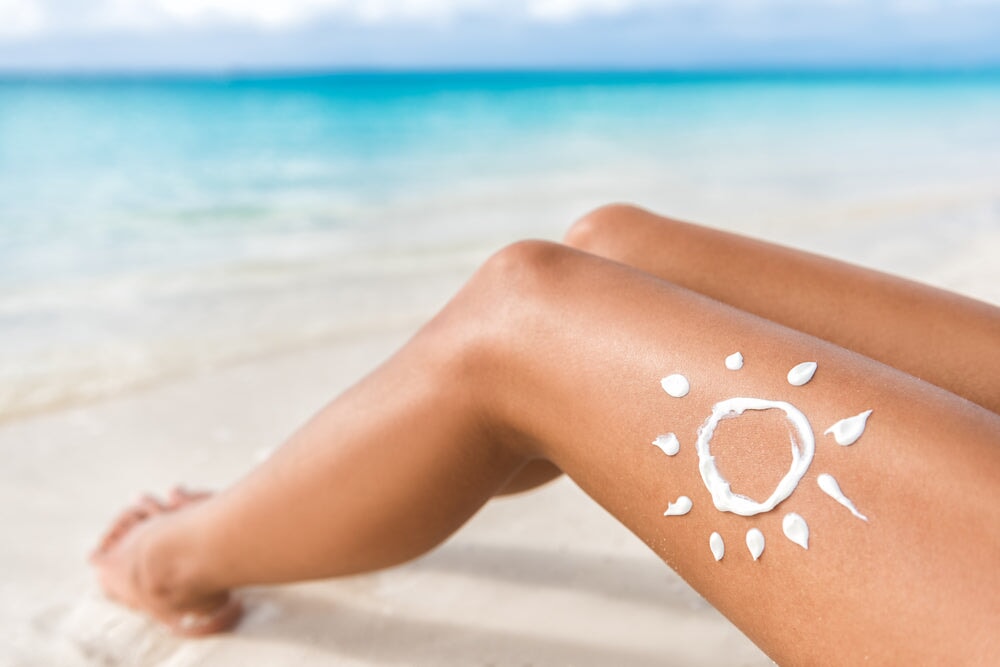
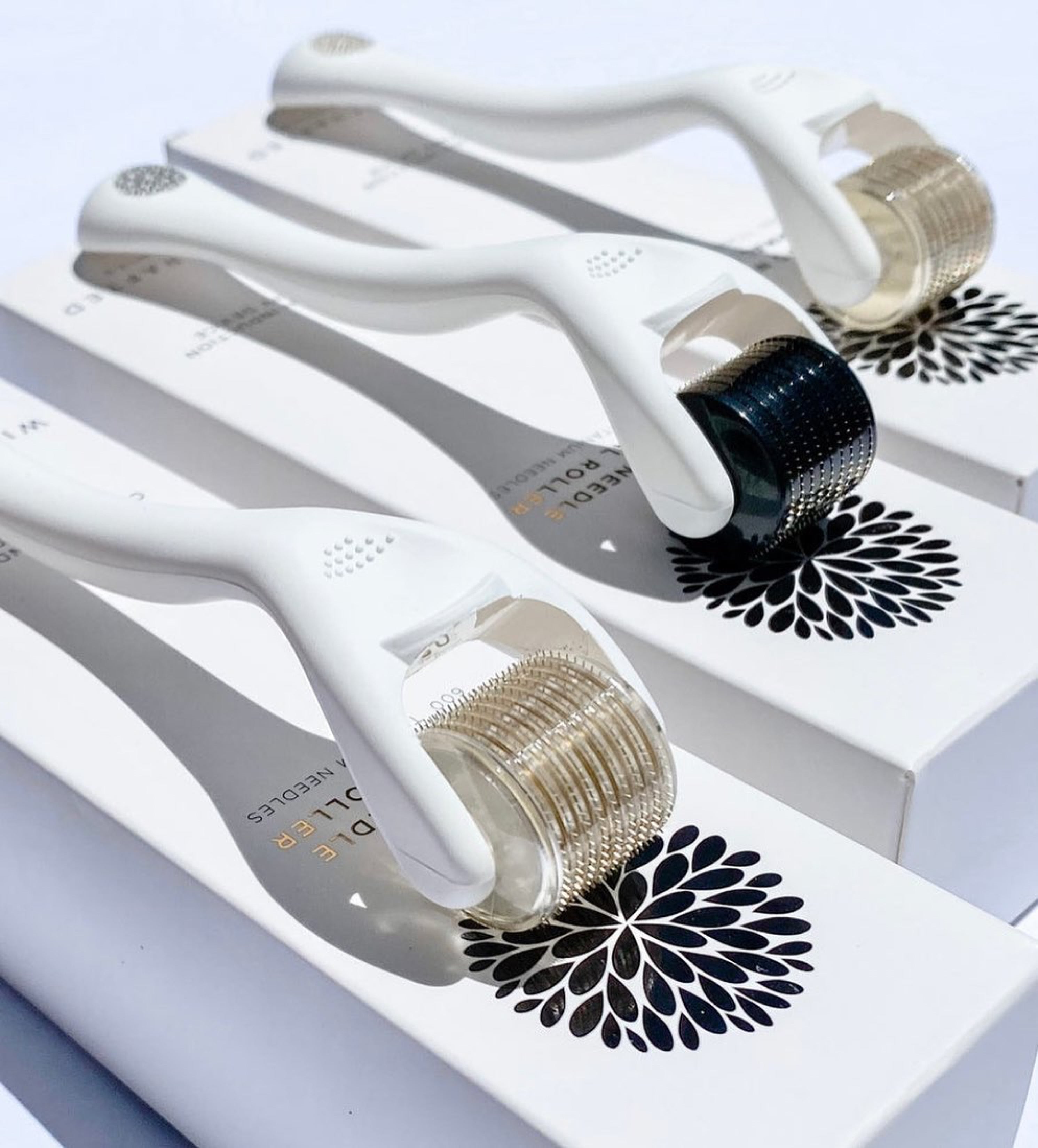
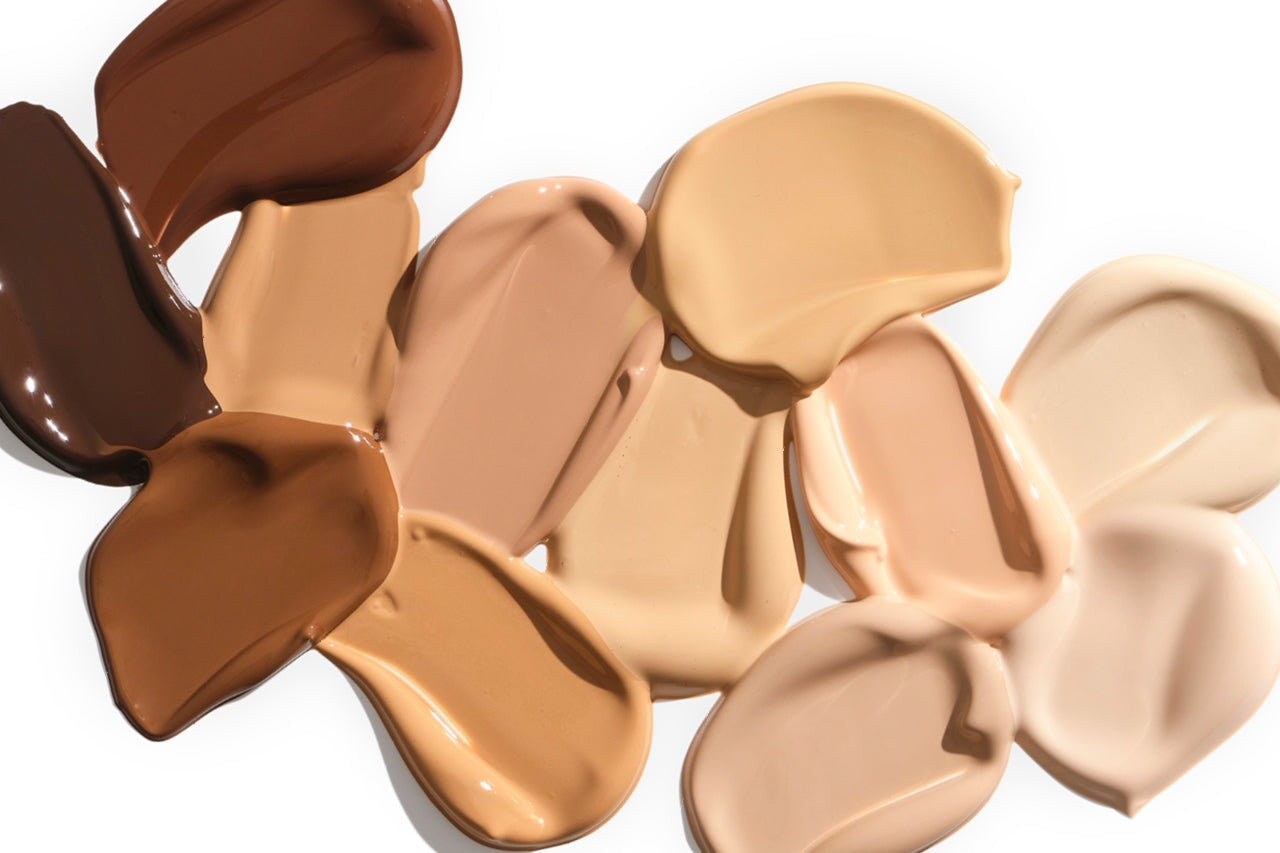
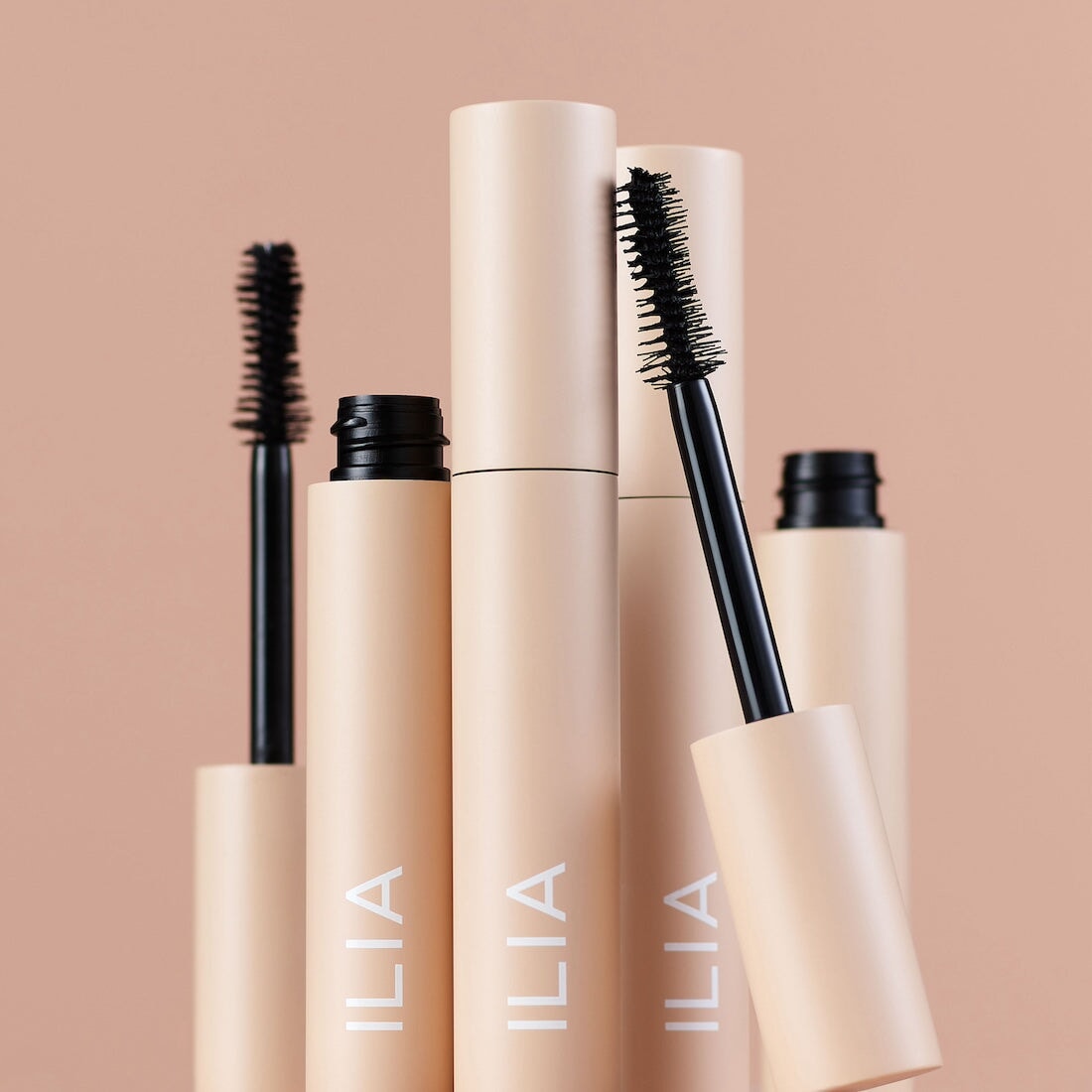
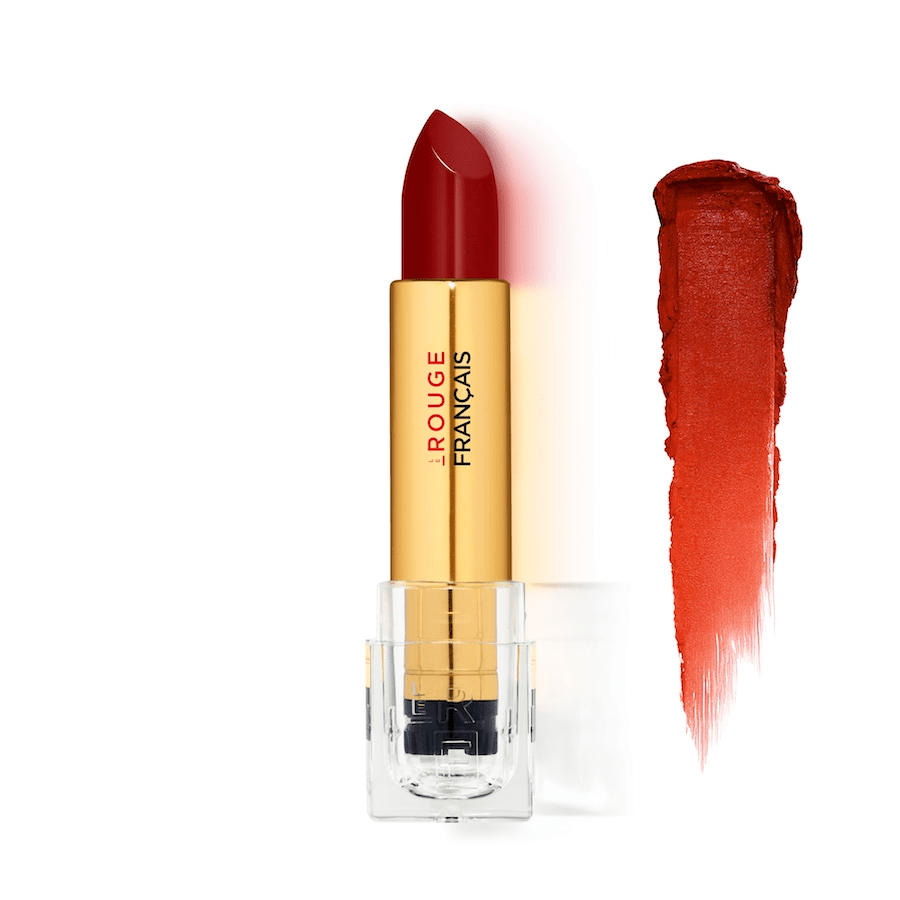
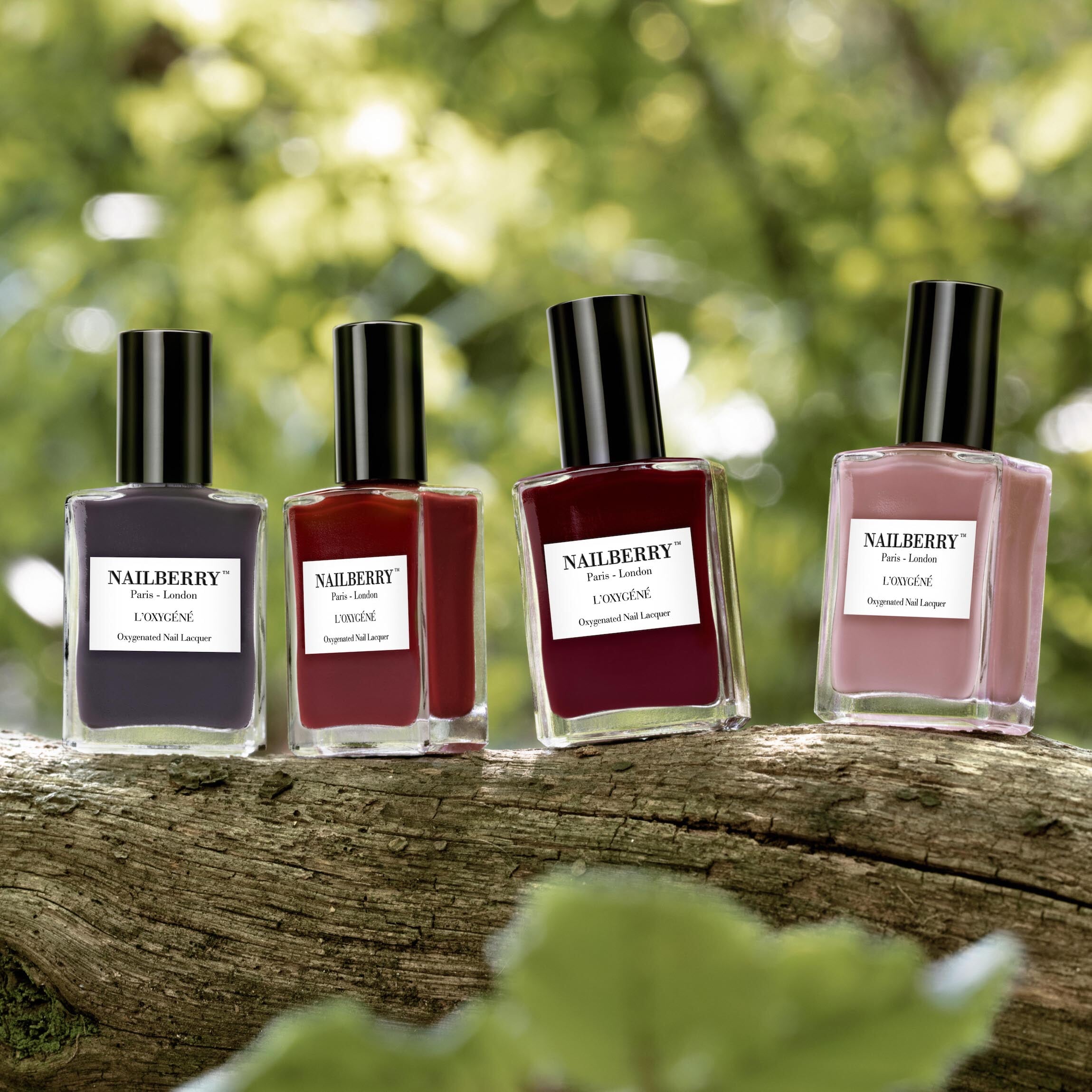
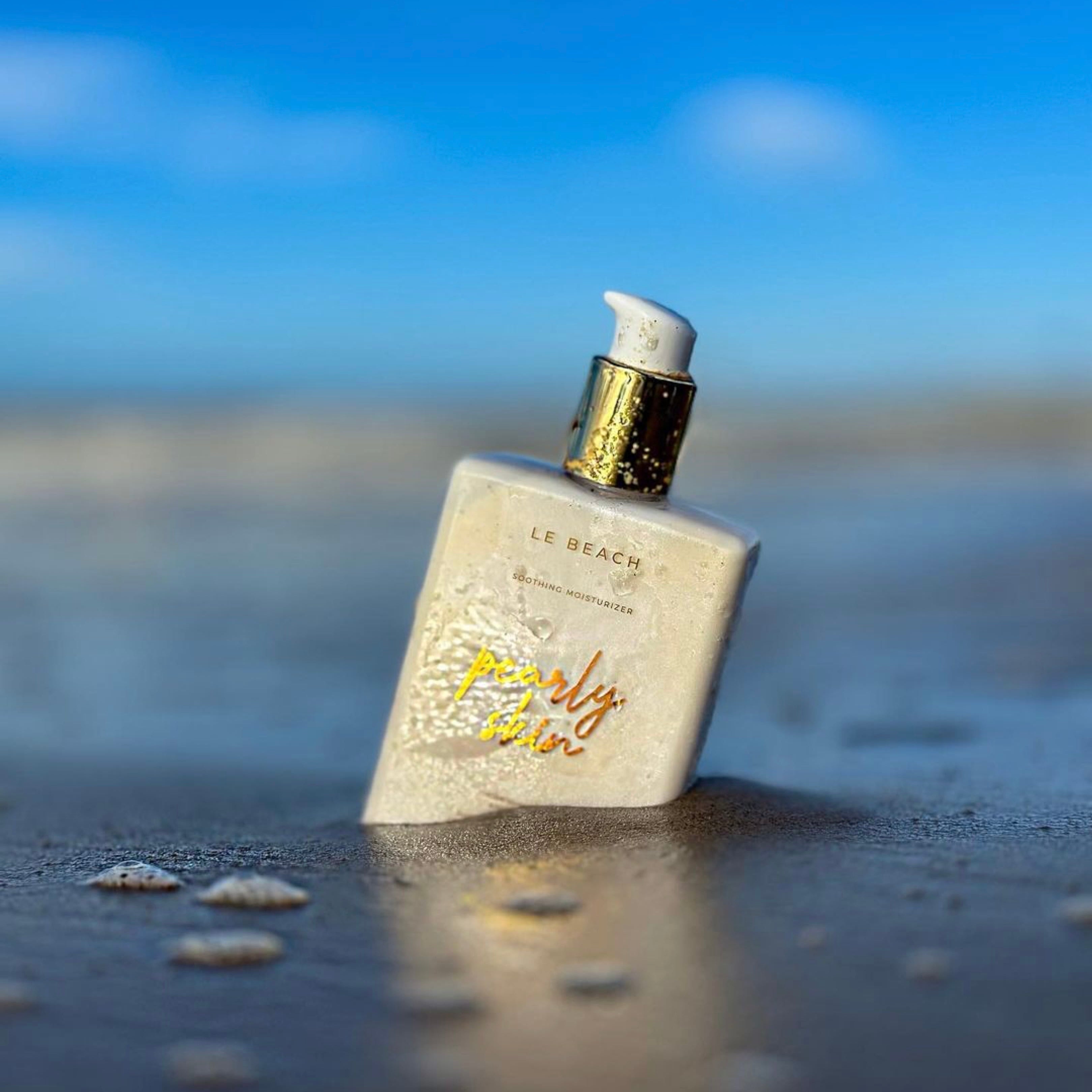
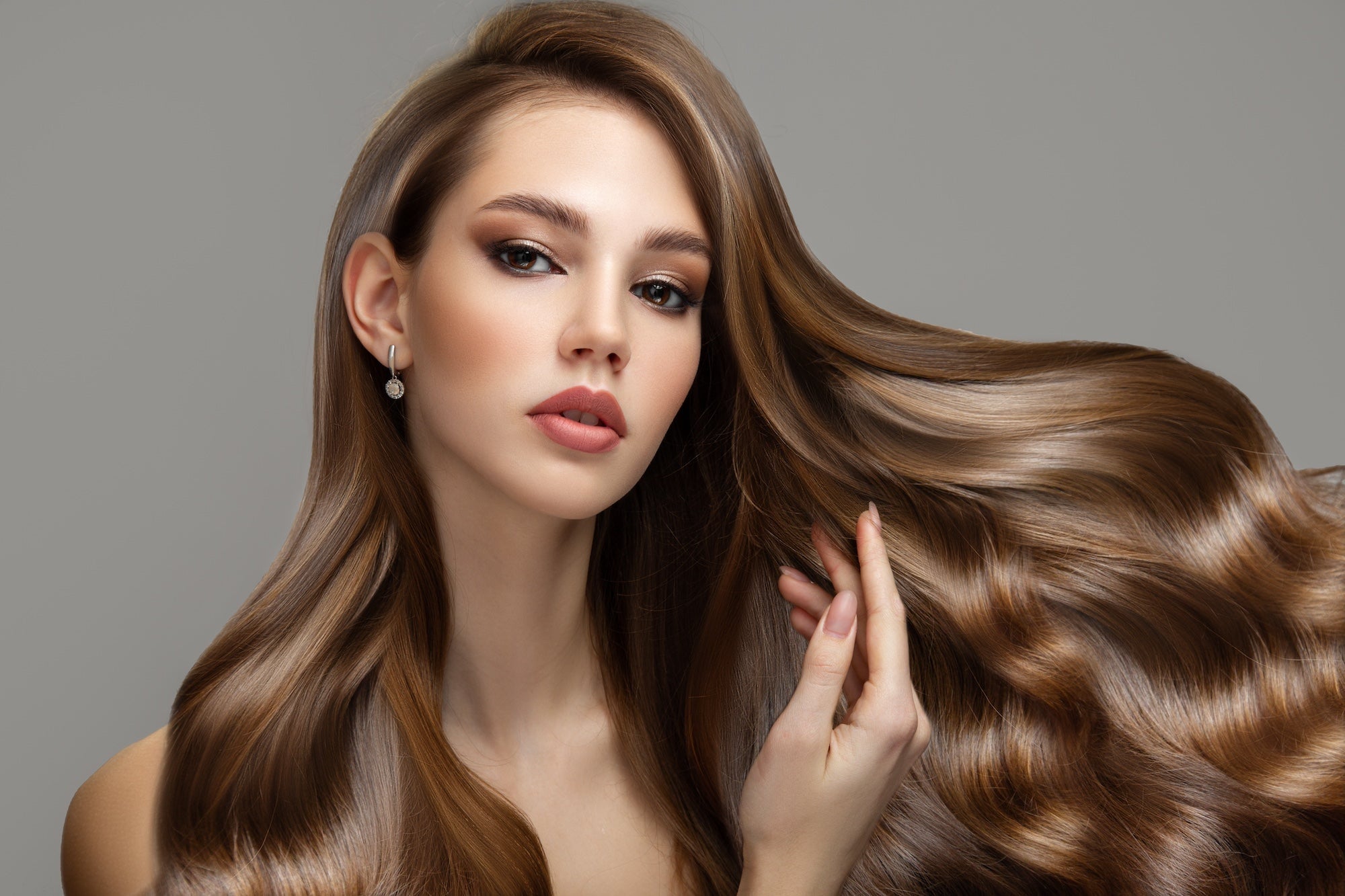

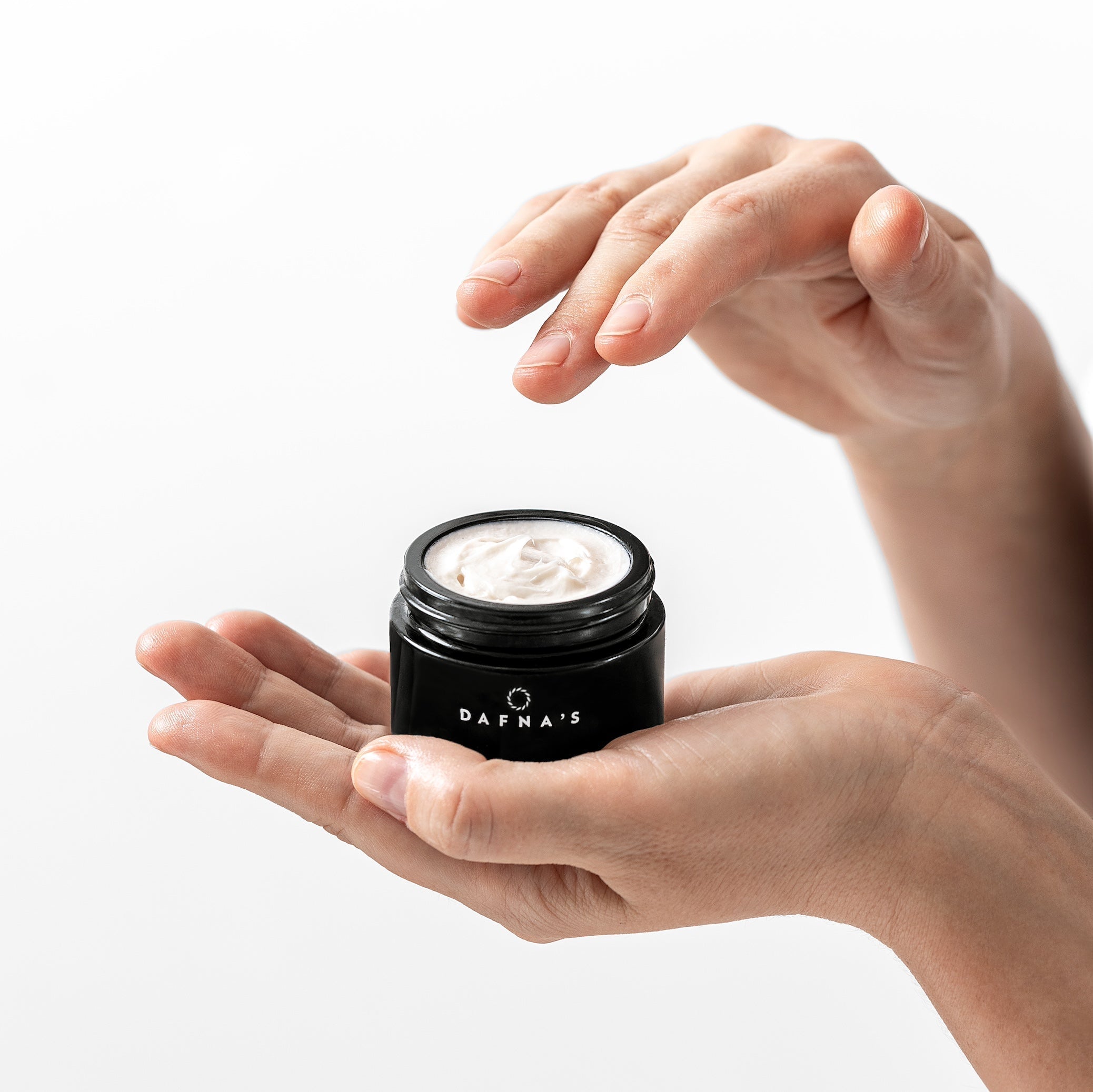

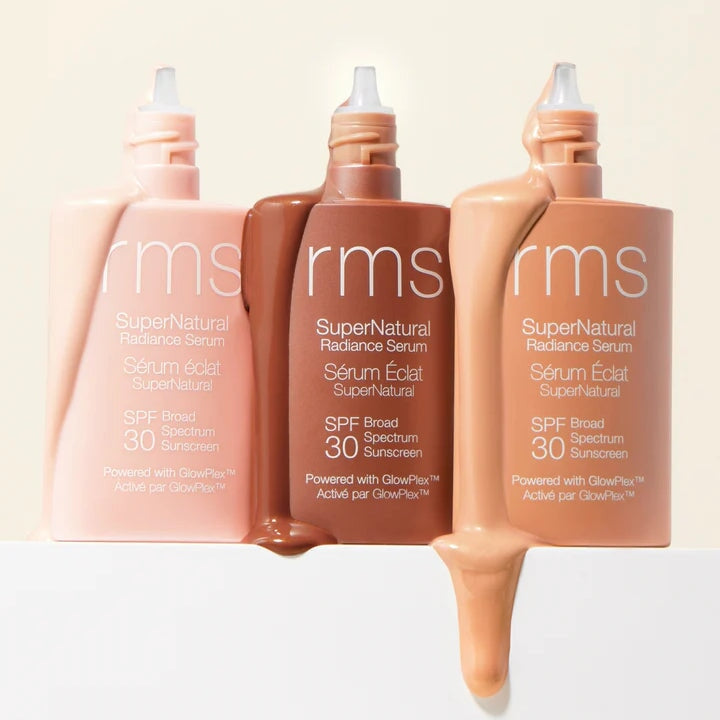
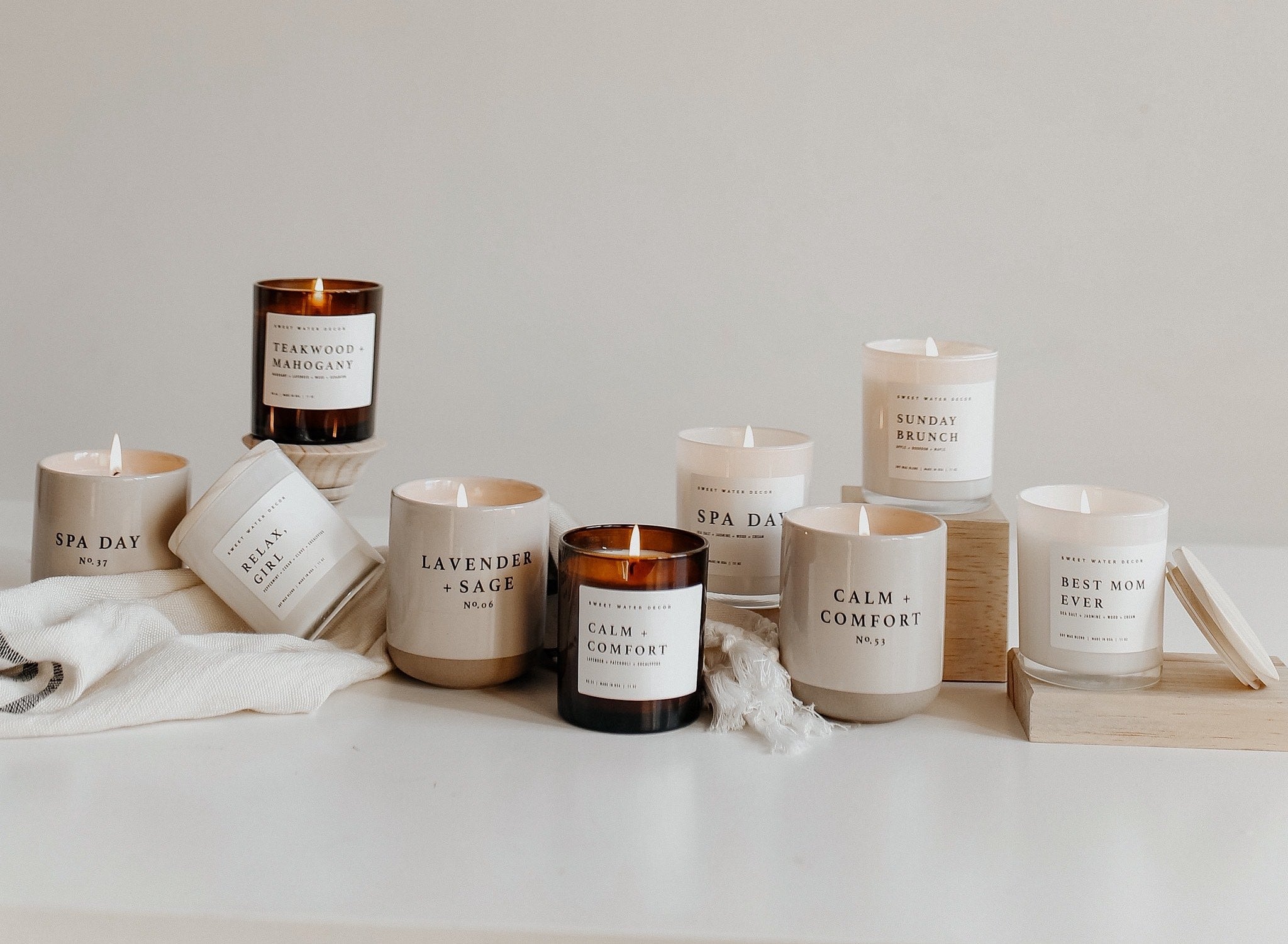


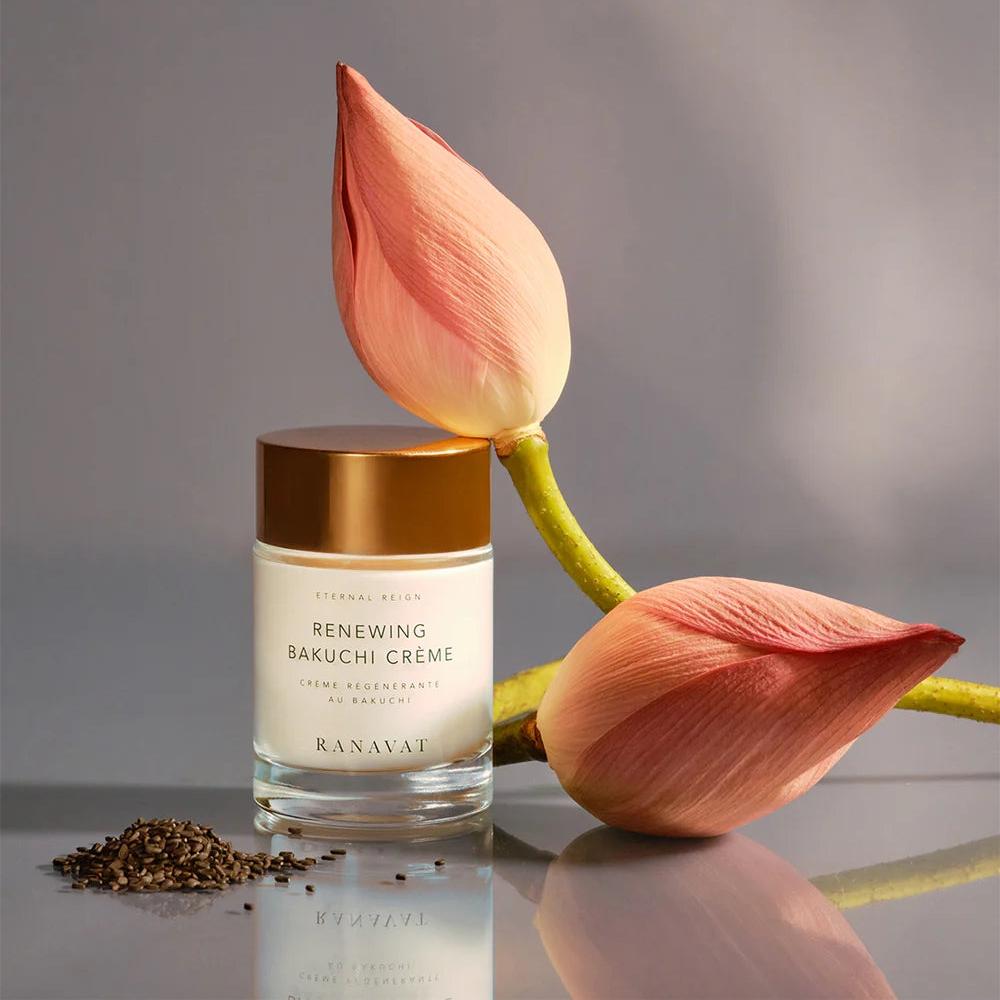
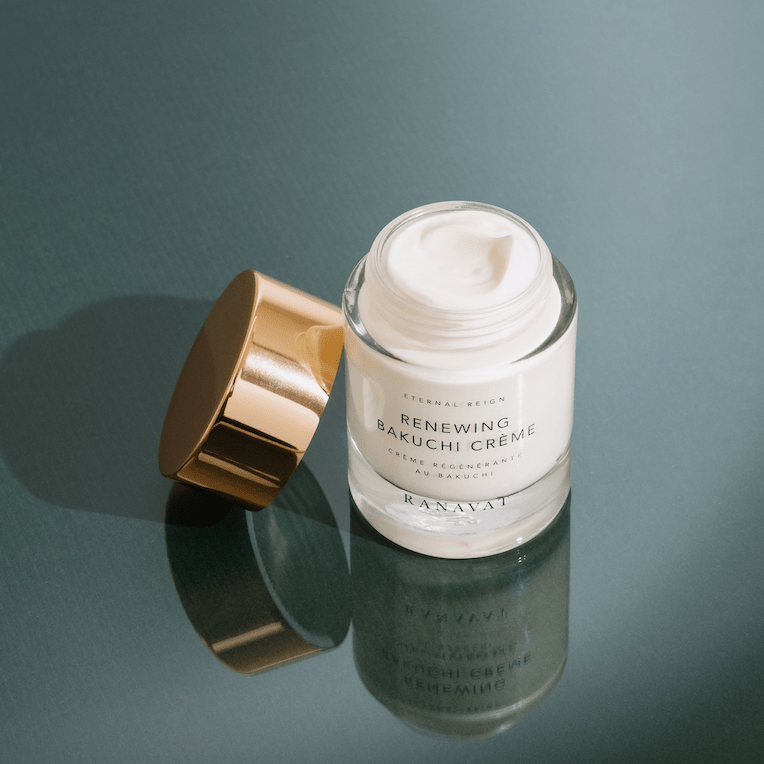


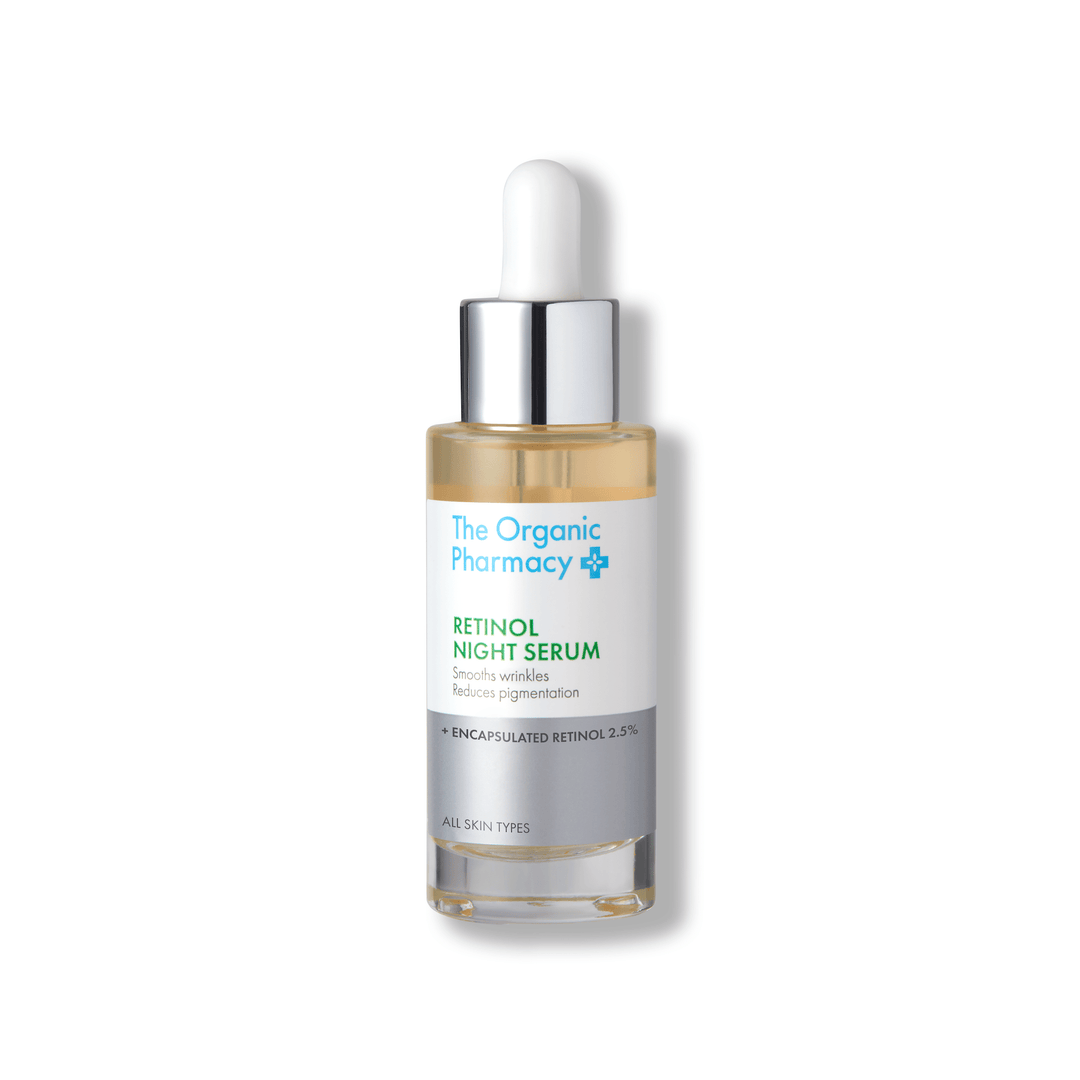
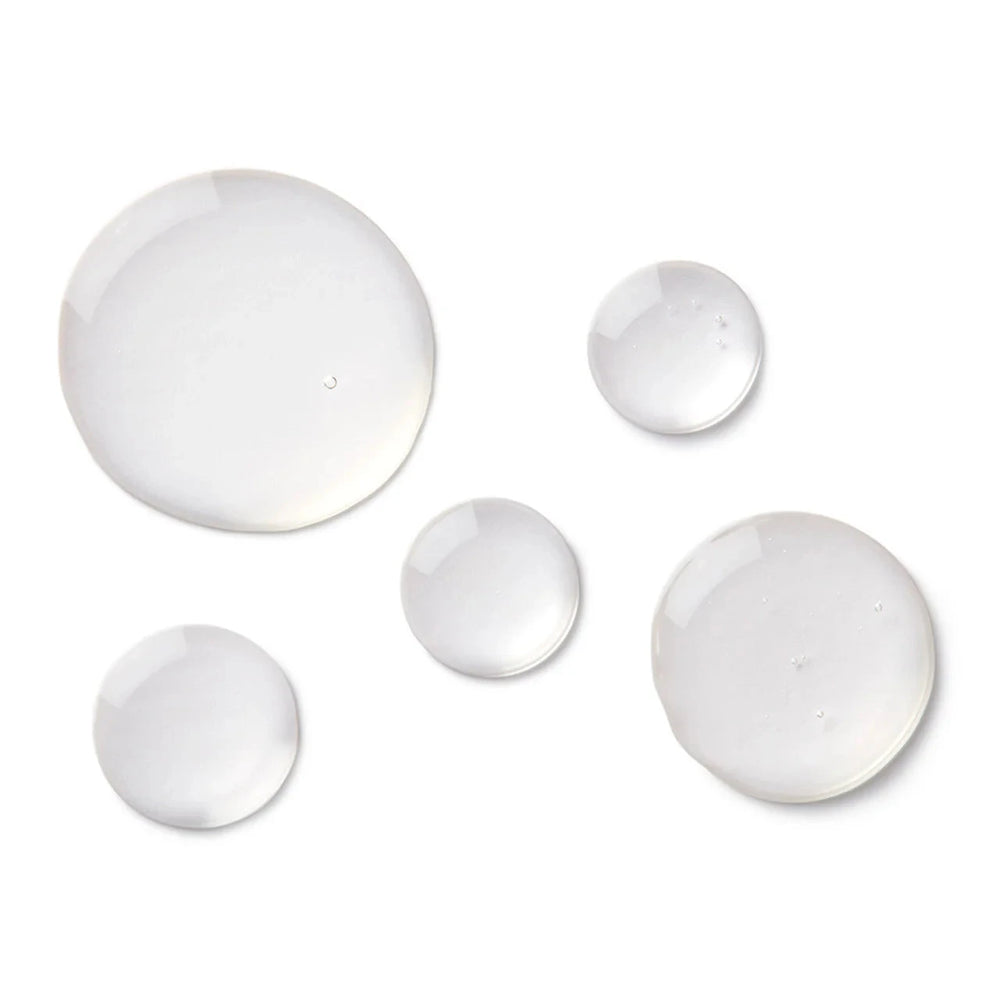

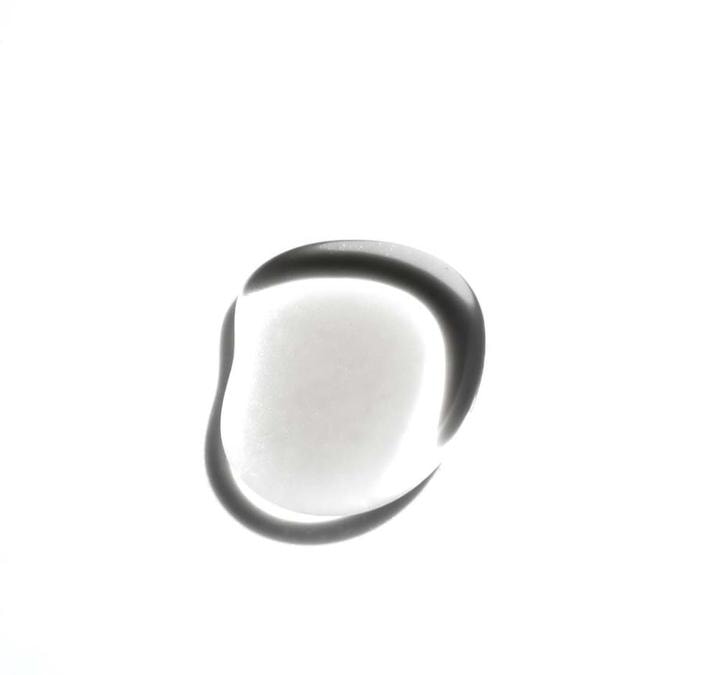

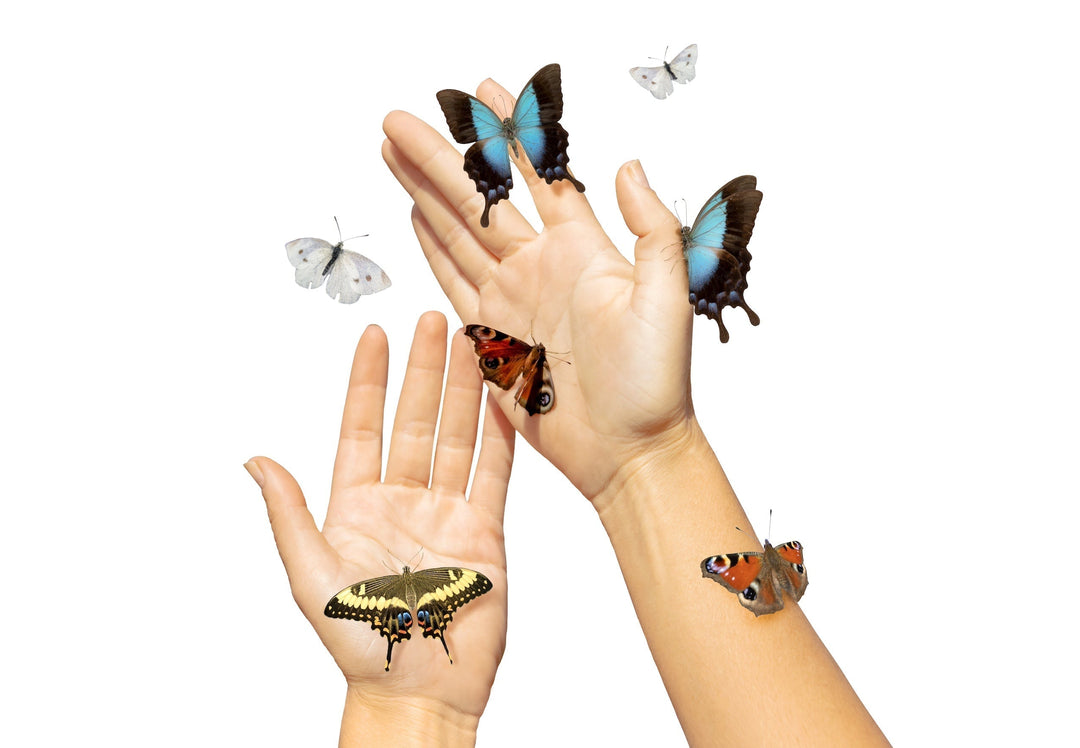
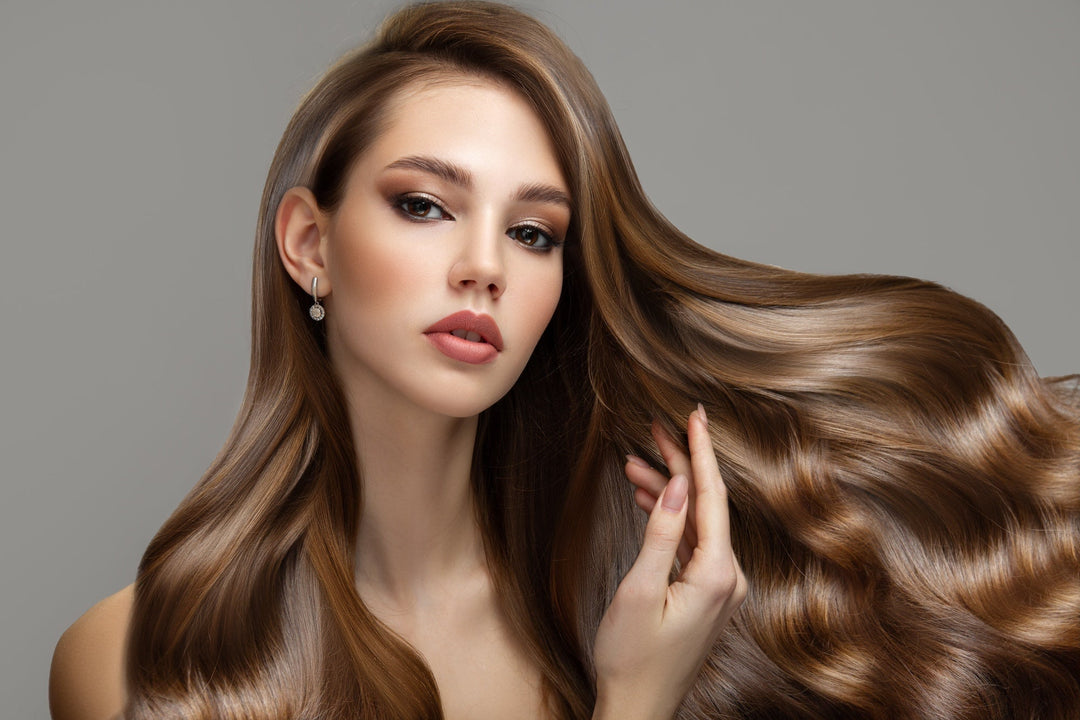
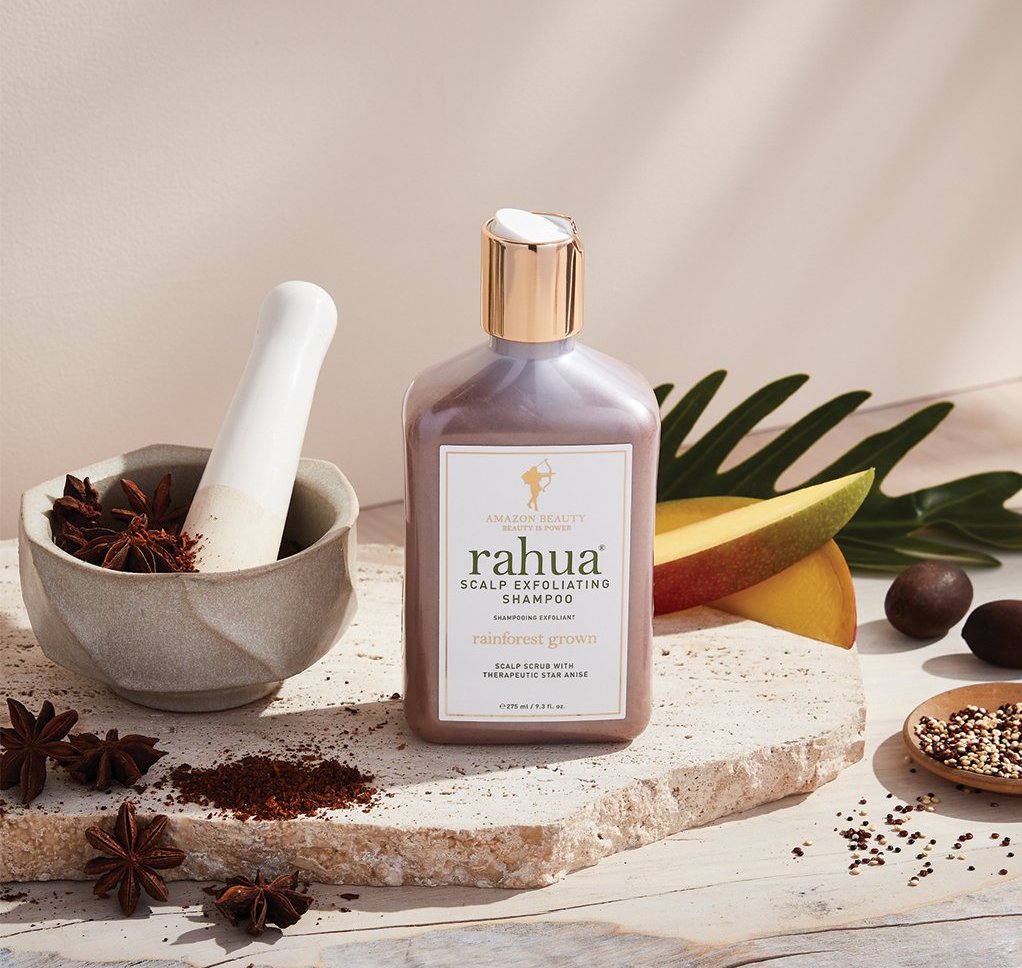
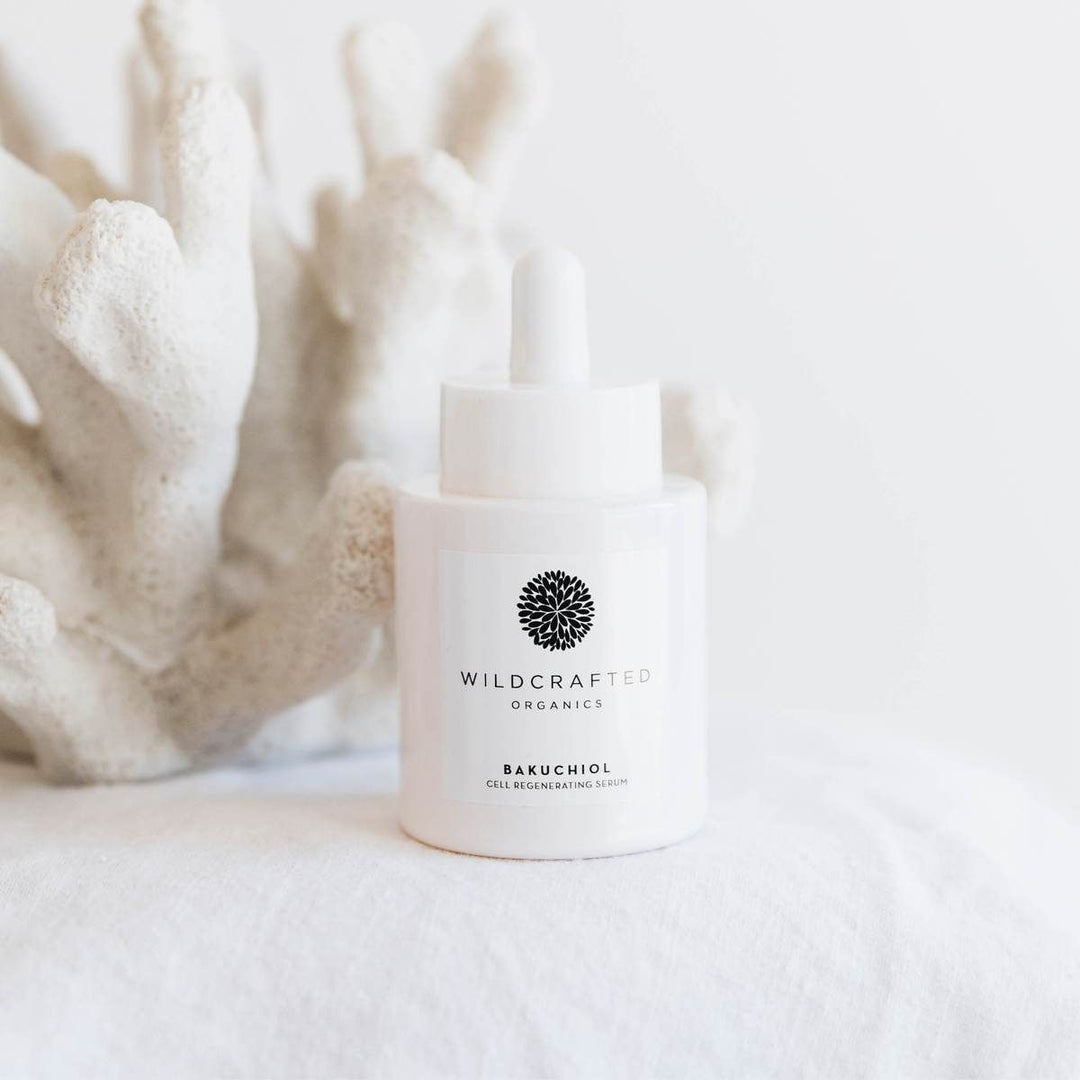

555
555
fiQUlBTNEG
XdQHglWzaEhI
Leave a comment